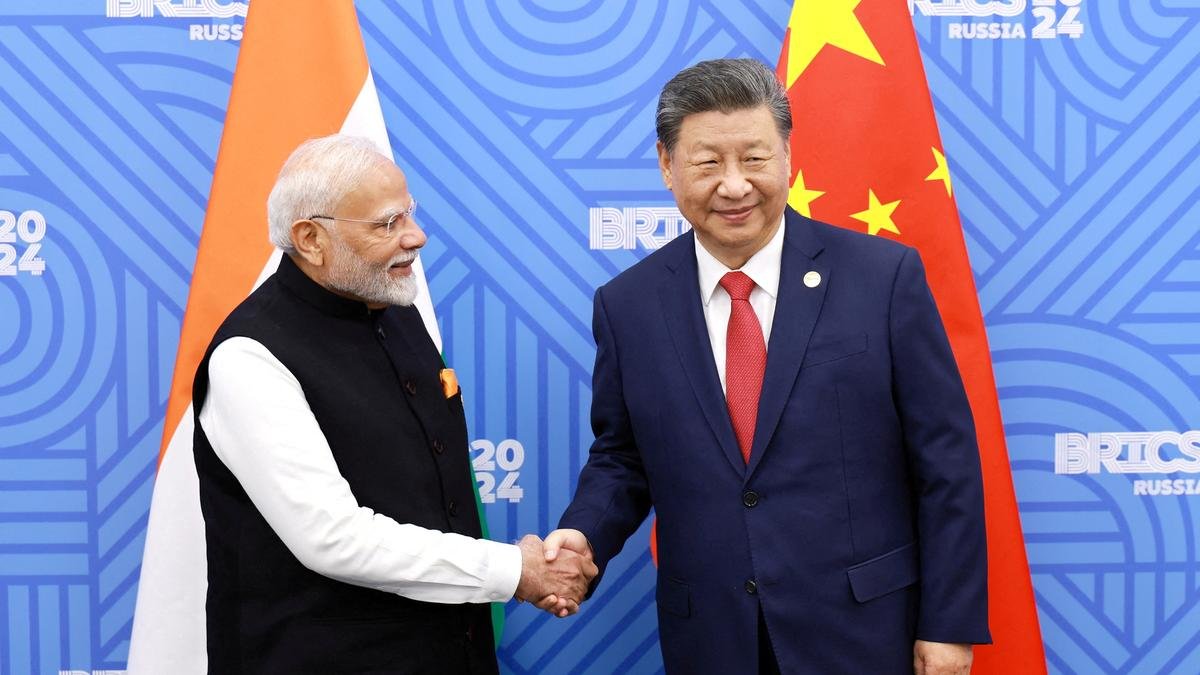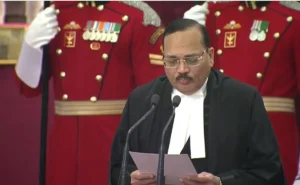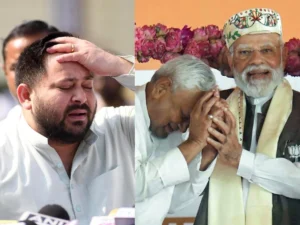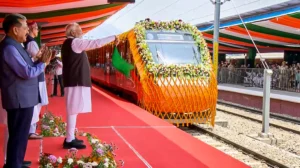The diplomatic world witnesses a major breakthrough as India reopens its doors to Chinese visitors. After years of tense relations and complete visa suspension, this development marks a significant shift in regional politics. Travel industry experts celebrate this decision as both countries seek economic recovery through tourism revenue.
Breaking Down the Historic Visa Resumption Decision
India restarts visas for Chinese nationals following extensive behind-the-scenes diplomatic negotiations between both nations. This policy change ends the longest visa suspension period in modern India-China relations. Government officials confirm that tourist visa applications from China will resume processing immediately through designated embassy channels.
The 5-year pause began during heightened border tensions and diplomatic disagreements between the neighbouring Asian powers. Multiple rounds of military standoffs along disputed territories contributed to the complete halt in visa services. Economic implications reached billions of dollars in lost tourism revenue during this extended period.
Meanwhile, both governments maintained essential diplomatic communication channels despite public tensions escalating across various sectors. Trade relationships suffered significant disruptions while political leaders worked toward eventual reconciliation behind closed diplomatic doors.
Understanding the Timeline Behind This Major Policy Shift
The visa suspension originally started in 2020 amid rising geopolitical tensions and border conflicts along disputed regional boundaries. Chinese tourists represented one of India’s largest international visitor groups before the diplomatic freeze began affecting multiple sectors. Hotels, tour operators, and travel agencies faced massive revenue losses during this extended suspension period.
Border clashes in Galwan Valley intensified existing diplomatic strains between the two nuclear-armed nations significantly. Military forces engaged in deadly confrontations that claimed lives on both sides of the disputed territory. These events triggered immediate visa processing halts and broader economic sanctions affecting bilateral trade relationships.
However, recent diplomatic meetings between senior officials from both countries paved the way toward policy normalisation. Economic pressures and tourism industry lobbying efforts influenced government decisions to restore normal visa processing procedures.
Economic Impact and Tourism Industry Recovery Prospects
The tourism sector celebrates this announcement as both countries recognise massive economic benefits from restored travel relationships. Chinese tourists historically spent billions of dollars annually in India before the diplomatic pause began affecting regional economies. Travel agencies immediately began preparing marketing campaigns targeting the Chinese market once again.
Key economic benefits include:
- Hotel occupancy rates expected to increase significantly nationwide
- Tour operator bookings projected to surge during upcoming travel seasons
- Local businesses are anticipating revenue growth from increased international visitors
- Employment opportunities expanding across hospitality and service sectors
Tourism boards from major Indian destinations have already started reaching out to Chinese travel companies for partnership opportunities. Popular tourist circuits, including the Golden Triangle, expect substantial visitor increases during peak travel seasons ahead.
Regional Implications and Diplomatic Significance
This visa policy change signals broader diplomatic warming between the world’s two most populous nations with complex historical relationships. Both countries share extensive border regions while competing for regional influence across South Asian territories. Economic interdependence often conflicts with political tensions, creating challenging diplomatic situations regularly.
The 5-year pause demonstrated how quickly diplomatic relationships can deteriorate and affect millions of ordinary citizens planning international travel. Business communities from both nations lobbied extensively for policy change,s recognising mutual economic benefits from restored relationships.
Regional stability improves when major powers maintain normal diplomatic and economic relationships despite occasional political disagreements. Other South Asian countries watch these developments closely as regional dynamics shift toward potential cooperation opportunities.
What This Means for Future Travel Between Both Nations
India restarts visas under carefully structured protocols designed to ensure smooth processing while maintaining necessary security measures. Embassy officials confirm that standard tourist visa requirements remain unchanged from pre-suspension periods. Processing times may initially extend longer than normal due to increased application volumes expected immediately.
Travel advisories from both governments encourage citizens to follow proper documentation procedures and respect local laws during visits. Cultural exchange programs suspended during the diplomatic pause could resume as relationships normalise between educational institutions.
Business travel opportunities also expand as companies from both nations explore renewed partnership possibilities across various industrial sectors. Technology, manufacturing, and pharmaceutical companies particularly benefit from restored travel access between major economic centres.
Looking Ahead: Challenges and Opportunities
The restoration of visa services represents just the beginning of broader diplomatic normalisation efforts between the Asian giants. Political tensions around border disputes remain unresolved despite this positive development in bilateral relationships. Sustained diplomatic engagement becomes crucial for maintaining progress toward lasting peace.
The recovery of the tourism industry depends on consumer confidence levels and marketing efforts to rebuild travel demand after years of suspension. Travel insurance policies and safety protocols require updates to address changing political dynamics between both nations effectively.
Economic benefits could extend beyond tourism if both countries continue normalising trade and business relationships across multiple sectors. The international community watches these developments as indicators of broader regional stability and cooperation prospects.
Chinese tourists represent significant economic opportunities for India’s recovering post-pandemic tourism sector, seeking international visitor growth. Success in managing this relationship could serve as a model for resolving other regional diplomatic challenges peacefully.








Be First to Comment